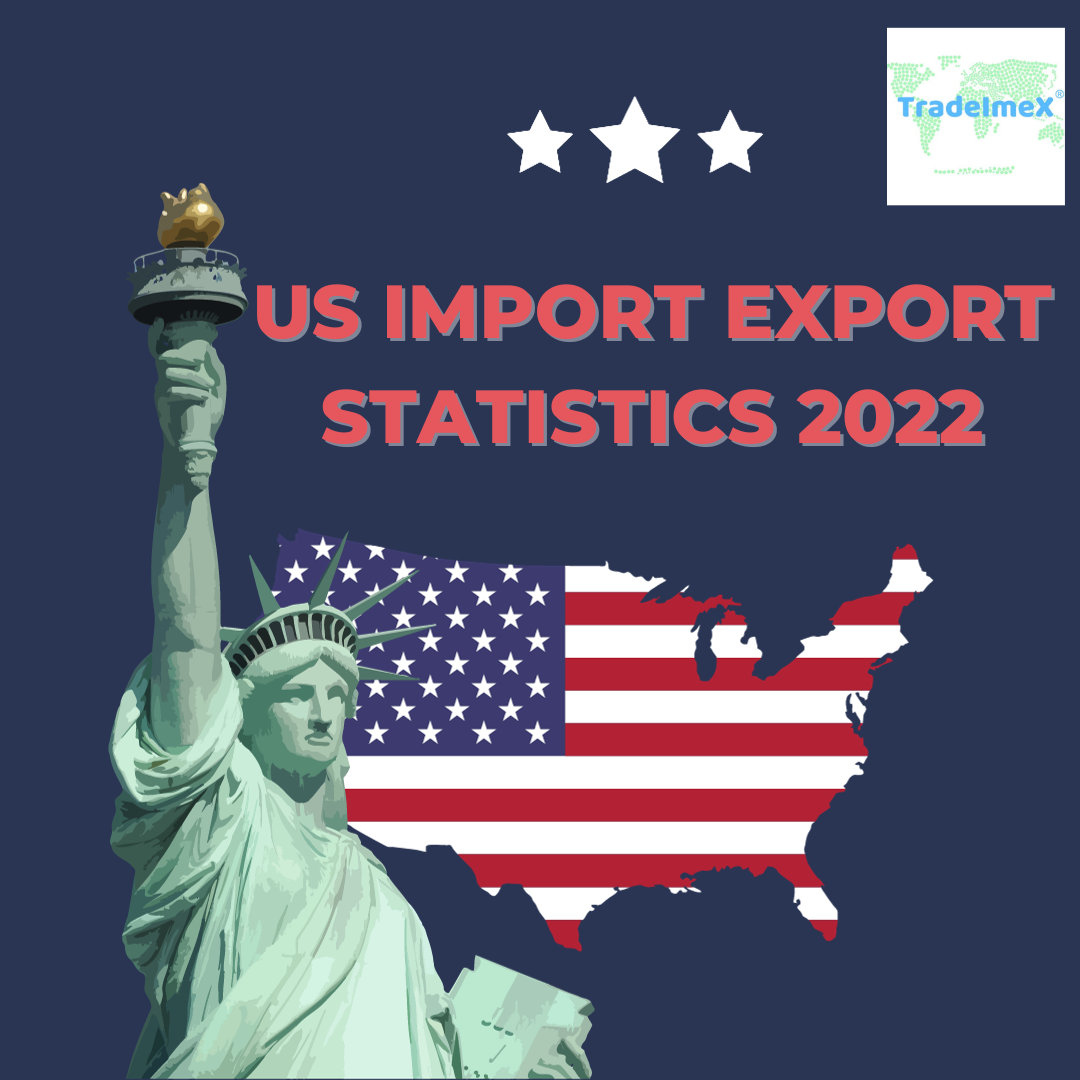At its core, US Import Customs Data is a detailed record of goods entering the United States. This data encompasses a wide range of information, including the type of goods, their origin, the value of the shipment, and the parties involved. It serves as a treasure trove for anyone seeking a deeper understanding of the import landscape.
Why is US Import Customs Data Important?
The significance of this data cannot be overstated. For businesses, it provides a comprehensive view of market trends, enabling them to make informed decisions about product sourcing, pricing, and market expansion. Policymakers rely on this data to formulate trade policies and regulations that can have far-reaching effects on the economy.
How is US Import Customs Data Collected?
The process of collecting import customs data is a meticulous one, involving customs authorities and various agencies. When goods cross the US border, detailed information is submitted, creating a rich dataset that reflects the intricacies of international trade.
Key Components of US Import Customs Data
To decipher the wealth of information in the dataset, it's crucial to understand its key components. From the Harmonized System (HS) codes to shipment values and quantity, each element contributes to the comprehensive nature of the data.
